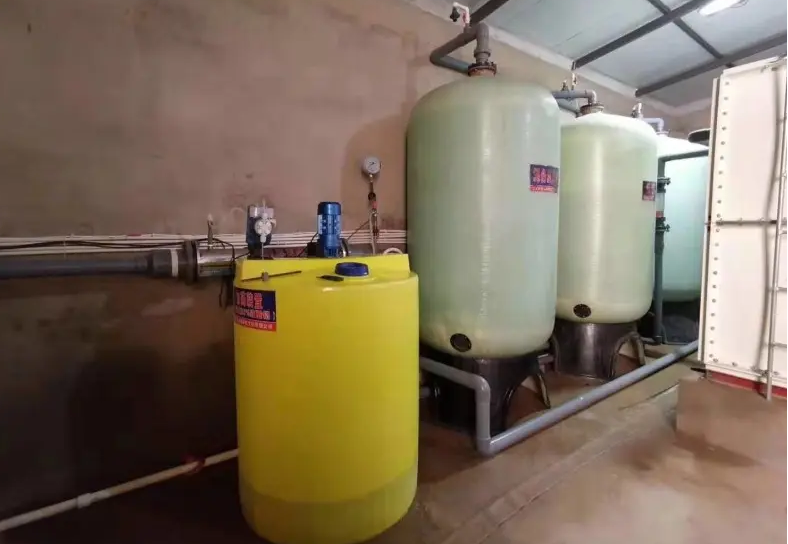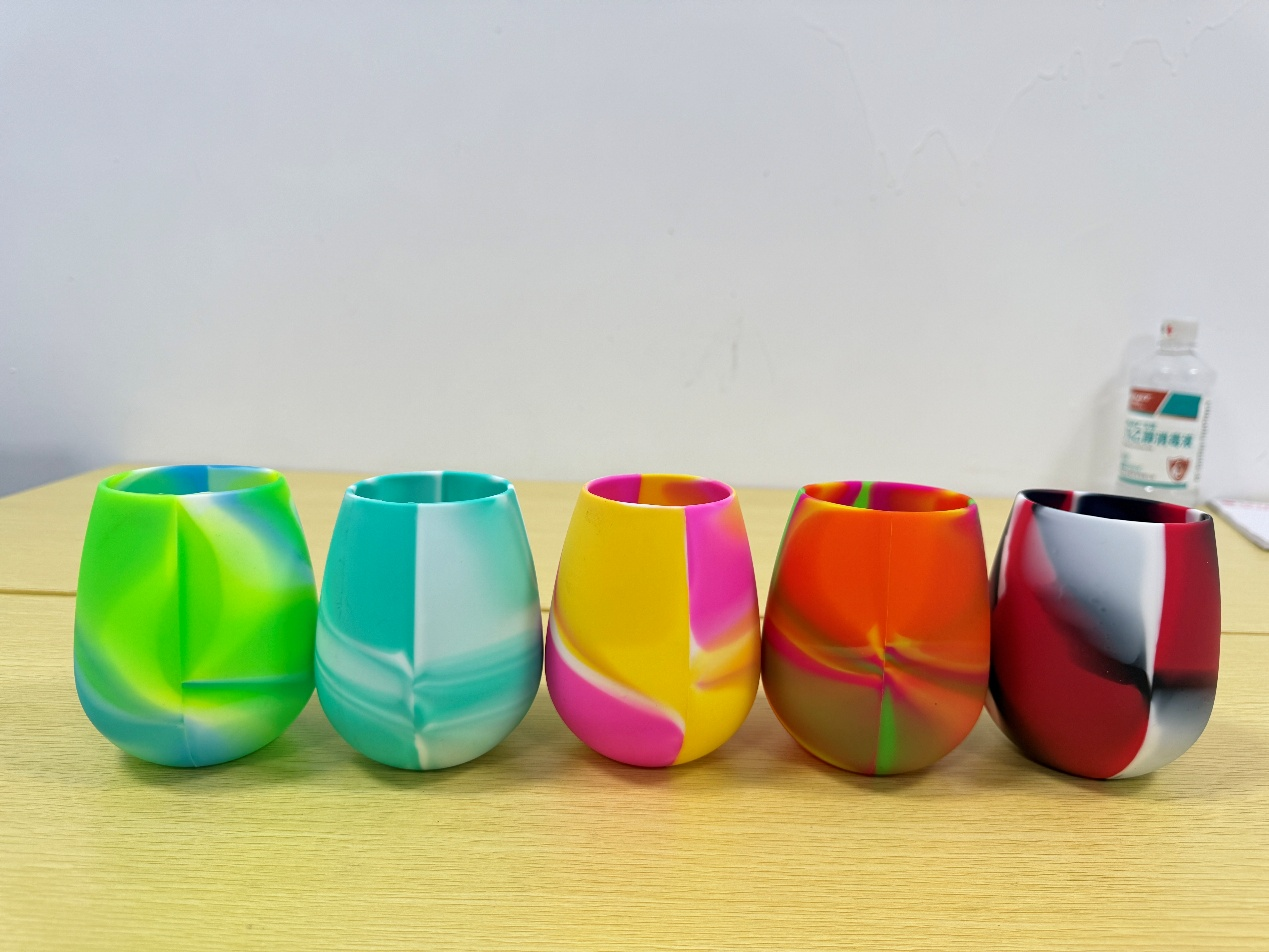The standard workflow of the water softener mainly includes five processes: work (sometimes called water production, the same below), backwashing, salt absorption (regeneration), slow flushing (replacement), and fast flushing. This article will mainly introduce the backwashing process of the water softener.

After the water softener resin fails, backwash with water from bottom to top before regeneration. There are two purposes of backwashing. One is to loosen the compressed resin layer during operation through backwashing, which is conducive to resin particles and regeneration. The second is to clear the suspended solids accumulated on the resin nominally and the suspended solids on the resin surface during operation. At the same time, some broken resin particles can also be discharged with the backwash, so that the water flow resistance of the exchanger will not increase. In order to ensure that the complete resin is not washed away by water during backwashing, when designing the water softener, a certain backwashing space should be left on the resin layer. The greater the backwashing intensity, the larger the backwashing space required. 50% of the resin layer height is used as the backwash expansion height. The backwash flow rate it adapts to is 12m/h (5gpm/ft2) (the inlet water temperature is 10 degrees Celsius). The quality of the backwash directly affects the regeneration effect.
The above is the introduction of the backwash process in the water softener. Nowadays, softened water equipment is widely used in various fields, such as laundry industry, boiler industry, hotel guest and so on.

 English
English Español
Español Português
Português русский
русский français
français 日本語
日本語 Deutsch
Deutsch Tiếng Việt
Tiếng Việt Italiano
Italiano Nederlands
Nederlands ไทย
ไทย Polski
Polski 한국어
한국어 Svenska
Svenska magyar
magyar Malay
Malay বাংলা
বাংলা Dansk
Dansk Suomi
Suomi हिन्दी
हिन्दी Pilipino
Pilipino Türk
Türk Gaeilge
Gaeilge عربى
عربى Indonesia
Indonesia norsk
norsk اردو
اردو čeština
čeština Ελληνικά
Ελληνικά Українська
Українська Javanese
Javanese فارسی
فارسی தமிழ்
தமிழ் తెలుగు
తెలుగు नेपाली
नेपाली Burmese
Burmese български
български ລາວ
ລາວ Latine
Latine Қазақ
Қазақ Euskal
Euskal Azərbaycan
Azərbaycan slovenský
slovenský Македонски
Македонски Lietuvos
Lietuvos Eesti Keel
Eesti Keel Română
Română Slovenski
Slovenski मराठी
मराठी Српски
Српски 简体中文
简体中文 Esperanto
Esperanto Afrikaans
Afrikaans Català
Català עִברִית
עִברִית Cymraeg
Cymraeg Galego
Galego 繁体中文
繁体中文 Latvietis
Latvietis icelandic
icelandic יידיש
יידיש Беларус
Беларус Hrvatski
Hrvatski Kreyòl ayisyen
Kreyòl ayisyen Shqiptar
Shqiptar Malti
Malti lugha ya Kiswahili
lugha ya Kiswahili አማርኛ
አማርኛ Bosanski
Bosanski Frysk
Frysk ជនជាតិខ្មែរ
ជនជាតិខ្មែរ ქართული
ქართული ગુજરાતી
ગુજરાતી Hausa
Hausa Кыргыз тили
Кыргыз тили ಕನ್ನಡ
ಕನ್ನಡ Corsa
Corsa Kurdî
Kurdî മലയാളം
മലയാളം Maori
Maori Монгол хэл
Монгол хэл Hmong
Hmong IsiXhosa
IsiXhosa Zulu
Zulu Punjabi
Punjabi پښتو
پښتو Chichewa
Chichewa Samoa
Samoa Sesotho
Sesotho සිංහල
සිංහල Gàidhlig
Gàidhlig Cebuano
Cebuano Somali
Somali Точик
Точик O'zbek
O'zbek Hawaiian
Hawaiian سنڌي
سنڌي Shinra
Shinra հայերեն
հայերեն Igbo
Igbo Sundanese
Sundanese Lëtzebuergesch
Lëtzebuergesch Malagasy
Malagasy Yoruba
Yoruba









